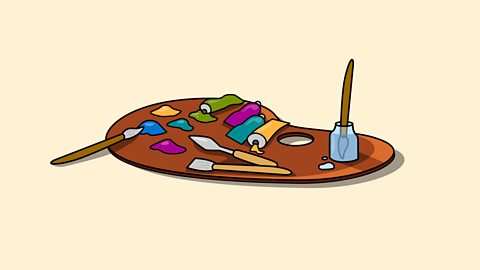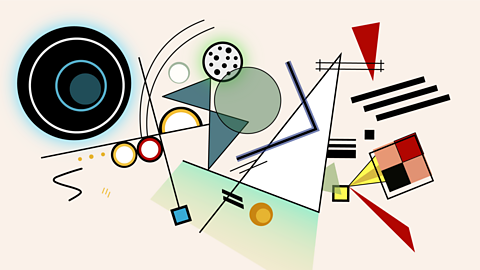
Key facts about Wassily Kandinsky
Wassily Kandinsky was born in 1866 in Moscow, Russia and died in 1944.
He is well-known for creating Art that doesn't represent reality, but uses shapes, colours and textures for effect. paintings. Abstract art uses shapes, lines and colours but doesn't need to look When something is as close to real life as possible..

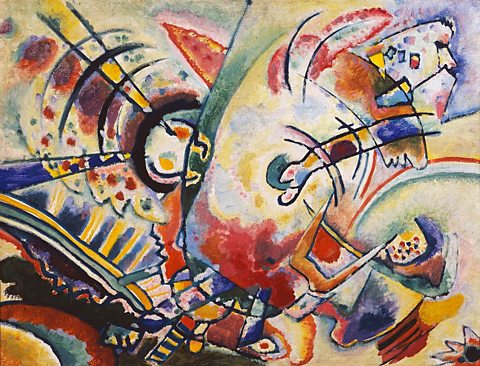
Wassily Kandinsky loved music and could play the cello and the piano. His paintings were even inspired by music.
He literally saw colours when he heard music and heard music when he painted. This is a rare condition called .
Kandinsky painted colours, shapes and lines to express his emotions.
Watch: Wassily Kandinsky - the abstract artist
Find out about the life and work of Wassily Kandinsky
Narrator: Wassily Kandinsky was born in Russia, in 1866 where he worked hard and studied law.
When he saw a painting by Claude Monet and heard music by the composer Richard Wagner, Kandinsky was inspired to create art.
He moved to Germany to learn more about art.
When he listened to music, he thought about how it made him feel.
He then turned those feelings into unusual or abstract painted shapes. For example, Kandinsky used sharp lines and pointy shapes to show anger.He used soft curves and pale colours to show calmness.
There's no right or wrong way to express how you feel on a canvas.
As Kandinsky said: "Lend your ears to music, open your eyes to painting and see how it feels".
Wassily Kandinsky's factfile
Activity
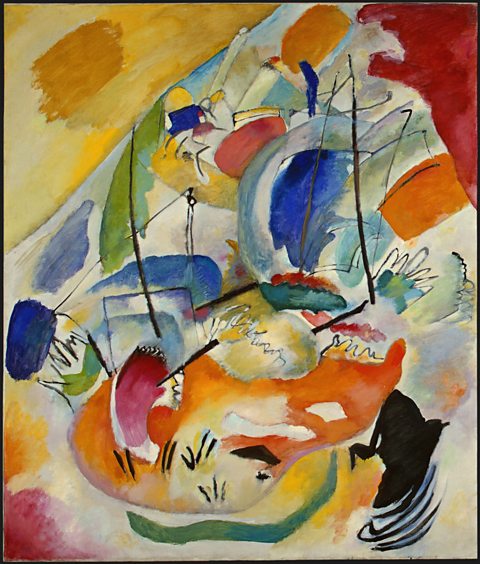
Inspired by music
The title of this painting is Improvisation 31 (Sea Battle). Wassily Kandinsky painted it in 1913.
You might be able to spot what looks like two ships in the centre. Kandinsky has used black lines to show the sails of the ships.
The black lines also show sea waves splashing.

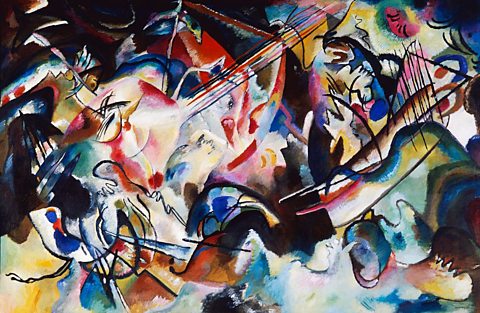
This painting is called Composition 51. Wassily Kandinsky painted it in 1913.
You might notice that there is more black paint in this painting than in Improvisation 31. Kandinsky believed that the black was the colour of things ending.
The other colours might make you think of different sounds. You might even be able to hum a tune as you look at this painting.
You might hear music when you look at these two paintings.
Many of Kandinskyās paintings have titles that are words also used in music. See if you can recognise them.
The words also used in music are improvisation and composition.
Get inspired by Kandinsky!
Here are some ideas for you that are inspired by the abstract artist.
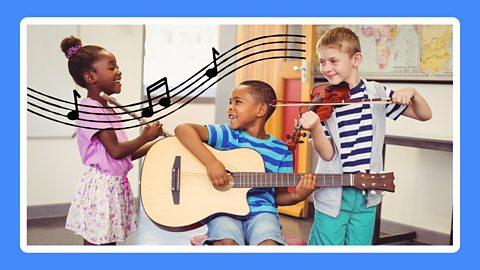
Image caption, Playing an instrument
If you play an instrument, then you could play along to some of Kandinskyās paintings.
1 of 4
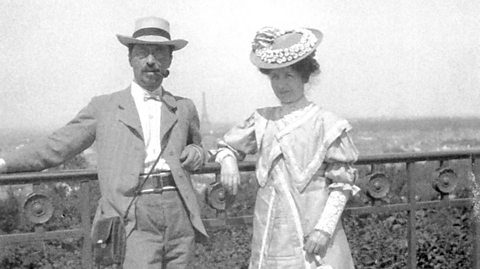
Did you know?
Kandinsky was a law teacher before he was an artist.
His friend, Gabriele MĆ¼nter, was an artist too. She helped him when he got stuck for ideas.
Kandinsky also liked to design clothes, furniture and rooms.
For a long time, people thought that Kandinsky was the first abstract painter. Now we know there were others before him such as Hilma af Klint, Piet Mondrian, Georgia O'Keefe and Mark Rothko.

Quiz
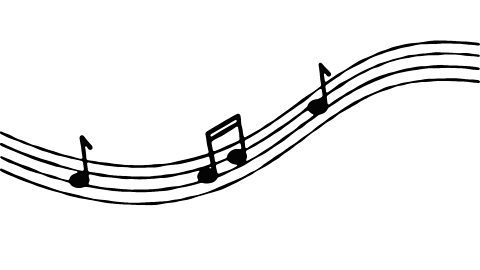
Glossary
Here are the meanings of some important words.
Abstract - Art that doesn't represent reality.
Realistic - When something is as close to real life as possible.
Synaesthesia - A rare condition when a person sees colours when they hear music, and hears music when they paint.
Composition - A piece of music which has been written by a composer.
Improvisation - Creating or playing the music on the spot without a musical score.

Play Bitesize Primary games. game
Fun and educational primary games in science, maths, English, history, geography, art and design, computing and modern languages.

More on Painting
Find out more by working through a topic
- count3 of 3
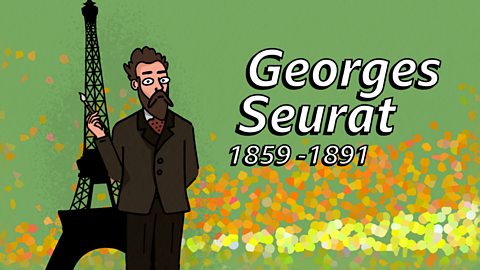
- count1 of 3
